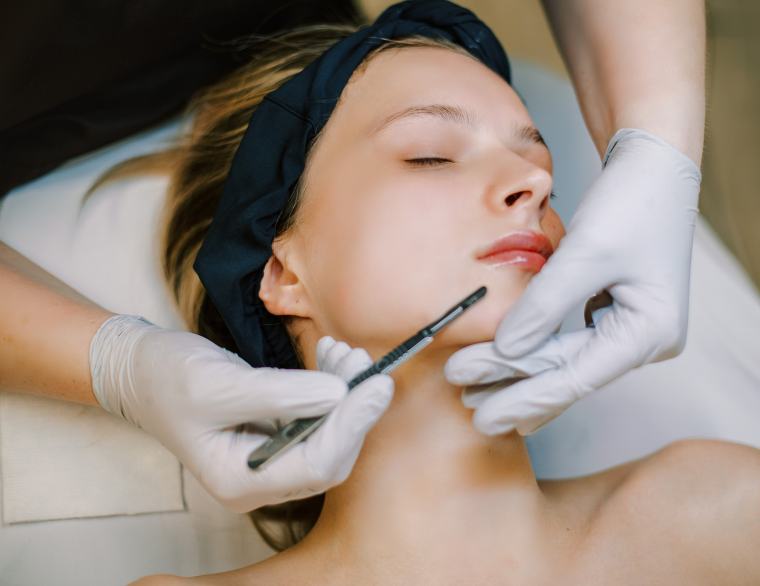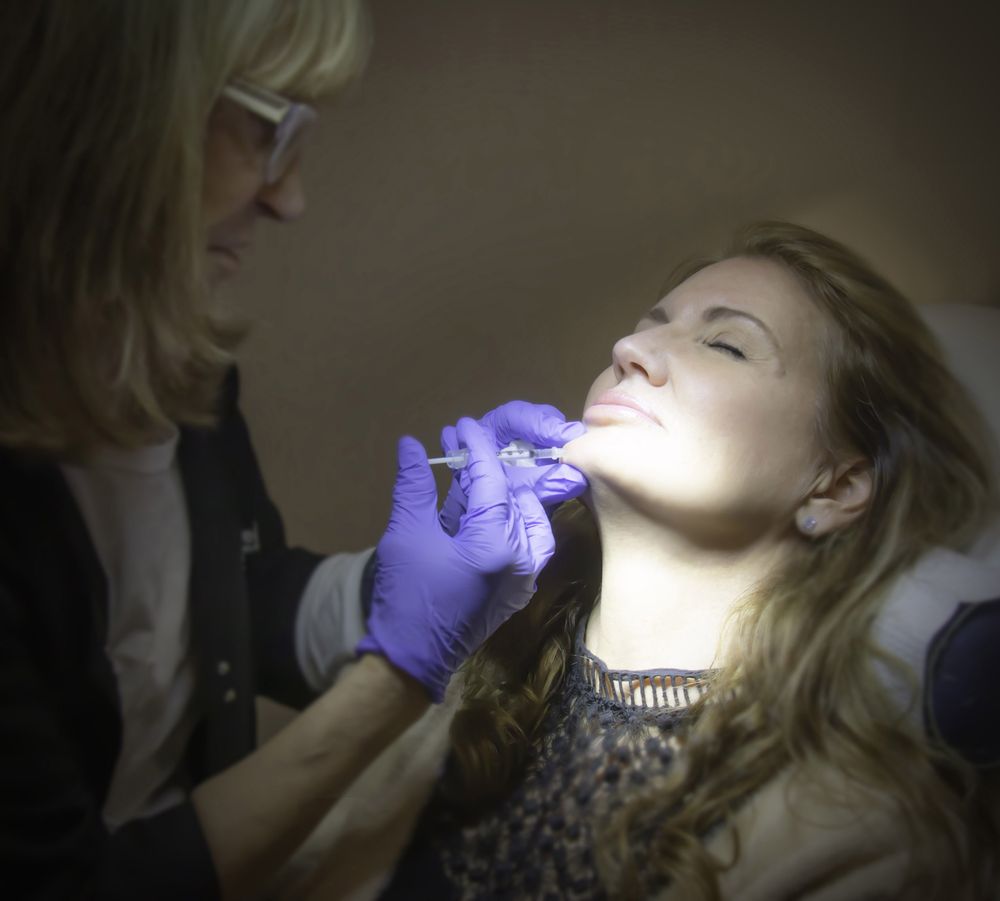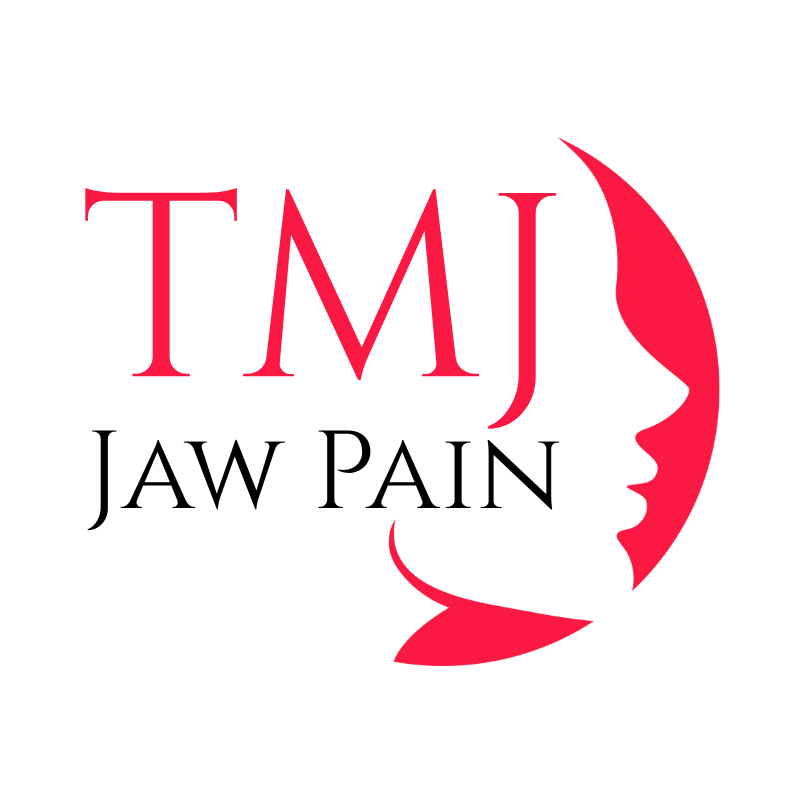Oral Appliances & Medications: Comprehensive TMJ Management
Combine custom dental devices with targeted pharmacotherapy for a multifaceted approach to TMJ relief. Oral appliances stabilize your bite while medications address inflammation and muscle tension—helping you achieve both immediate comfort and long-term joint health.
Oral Appliances: Precision Bite Correction
Oral appliances are removable, custom-fitted devices designed to optimize the alignment of your teeth and jaw.
Types of Oral Appliances
- Anterior Repositioning Splint
– Gently positions your lower jaw forward to reduce joint pressure.
– Ideal for patients with disc displacement or chronic locking. - Stabilization Splint (Flat Plane Splint)
– Creates an even bite surface to distribute forces evenly.
– Best for muscle tension, clenching, and grinding. - Pivot Appliance
– Applies controlled pressure on molars to decompress the TMJ.
– Used in short-term protocols under specialist supervision.
Key Benefits
- Corrects bite discrepancies to prevent adaptive strain
- Reduces joint compression and muscle overactivity
- Non-invasive and reversible—adjustable over time
Fitting & Care
- Dental Evaluation & Impression: Detailed bite analysis and mold or digital scan.
- Fabrication: Lab crafts your device from medical-grade acrylic.
- Adjustment: Provider fine-tunes fit, ensuring comfort and efficacy.
- Maintenance: Daily cleaning, occasional office check-ups, and periodic refinements.
Medications: Targeted Symptom Control
Medications can provide rapid relief from pain, inflammation, and muscle spasms—ideal as an adjunct to your appliance therapy or other interventions.
| Medication Type | Purpose | Typical Use Case |
|---|---|---|
| NSAIDs (Ibuprofen, Naproxen) | Reduce inflammation and pain | Short-term flare-up relief |
| Muscle Relaxants (Cyclobenzaprine) | Alleviate muscle spasms | Nighttime use to prevent clenching |
| Low-Dose Tricyclic Antidepressants (Amitriptyline) | Modulate chronic pain signals | For patients with persistent headaches |
| Short-Term Benzodiazepines (Diazepam) | Reduce anxiety-related clenching | Occasional use under strict oversight |
| Topical Analgesics (Lidocaine Patches, Gels) | Localized pain relief without systemic side effects | On-the-spot relief during activity |
Combined Strategy for Lasting Relief

- Stabilize & Protect: Start with a custom oral appliance to align your bite.
- Control Inflammation: Use NSAIDs as directed for acute pain episodes.
- Reduce Muscle Spasm: Add muscle relaxants or low-dose TCAs for nighttime relief.
- Monitor & Adjust: Regular follow-ups to refine appliance fit and medication regimen.
Pro Tip: Always consult your TMJ specialist before combining medications to avoid interactions and ensure safety.
Is This Right for You?
- You grind or clench heavily and need both mechanical protection and symptom control.
- Night guards alone aren’t enough to ease your pain or headaches.
- You prefer a non-invasive regimen that can be adjusted over time.

TMJJawPain.com • Your partner in active TMJ rehabilitation—and a pain-free jaw.
